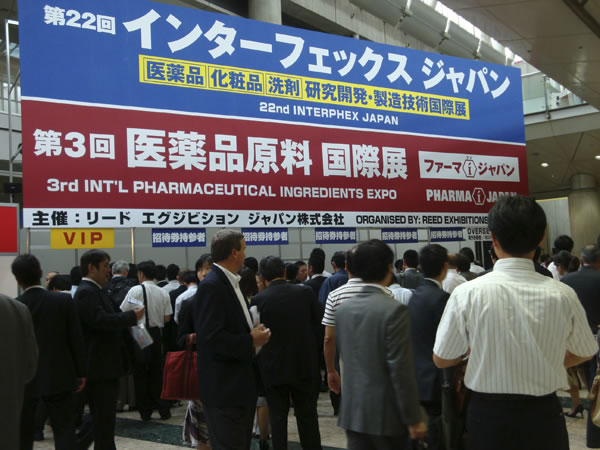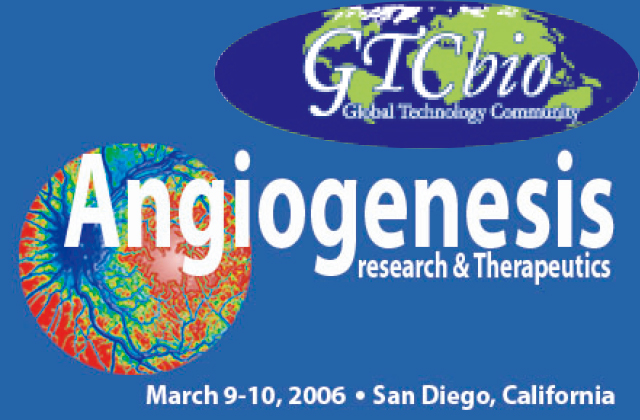6月20~23日にイタリア・フィレンツェでEACR2015が開催され、弊社ハイマートと香港大学がノコギリヤシ色素由来成分の血管新生抑制効果について発表しました。
ノコギリヤシ色素の血管新生抑制効果
2015年07月03日
Red pigment from Saw palmetto: A natural product for potential alternative cancer treatment
Introduction
Saw palmetto is extract of the fruit of Serenoa repens (Bartram) J.K.Small, an edible plant originated from the Southeastern United States. It has been used in traditional, complementary and alternative medicine as a tonic, expectorant and antiseptic for treatment of various illnesses, especially urinary and reproductive system problems. Approximately 90% of Saw palmetto containing fatty acids and has been claimed for its therapeutic effect on benign prostatic hyperplasia (BPH). Previous studies also suggested the in vitro and in vivo anti-cancer effect of lipidosterolic extract of Saw Palmetto. However, recent epidemiology and randomized trials showed that there is no association of prostate cancer risk between the intervention and placebo group. Although there exists discrepancy between the studies on cancer prevention of Saw palmetto, we couldn’t exclude the potential anti-tumor effect of Saw palmetto on other tumor models. In current study, the anti-tumor effect of a small proportion of natural pigment compounds isolated from the commercial Saw Palmetto Extract were investigated. To date, there is no previous study reported on any bioactivity of these pigmented compounds from Saw Palmetto.


学会・イベント情報
-
 ニュージーランド産IgG含有ウシ生乳由来乳清タンパクに存在する新型コロナウイルスSARS-CoV-2スパイクタンパク抗体
ニュージーランド産IgG含有ウシ生乳由来乳清タンパクに存在する新型コロナウイルスSARS-CoV-2スパイクタンパク抗体
-
 100%生乳由来濃縮乳清たんぱくの感染症予防に対する効果
100%生乳由来濃縮乳清たんぱくの感染症予防に対する効果
-
 Enriched bovine IgG fraction prevents infections with Enterohaemorrhagic Escherichia coli O157:H7, Salmonella enterica serovar Enteritidis, and Mycobacterium avium
Enriched bovine IgG fraction prevents infections with Enterohaemorrhagic Escherichia coli O157:H7, Salmonella enterica serovar Enteritidis, and Mycobacterium avium
-
 ノコギリヤシ色素の肝細胞がんへの補助療法の可能性
ノコギリヤシ色素の肝細胞がんへの補助療法の可能性
-
 ノコギリヤシ色素の血管新生抑制効果
ノコギリヤシ色素の血管新生抑制効果
-
 マイタケ抽出脂質「グリピン」のヒアルロン酸産生促進効果
マイタケ抽出脂質「グリピン」のヒアルロン酸産生促進効果
-
 第22回インターフェックスジャパン
第22回インターフェックスジャパン
-
 マイタケ抽出脂質「グリピン」による乾燥肌の改善効果
マイタケ抽出脂質「グリピン」による乾燥肌の改善効果
-
 第5回 国際研究皮膚科学学会
第5回 国際研究皮膚科学学会
-
 コスモプロフ アジア2007
コスモプロフ アジア2007
-
 マイタケ抽出物の皮脂産生促進作用および乾皮症に対する臨床効果
マイタケ抽出物の皮脂産生促進作用および乾皮症に対する臨床効果
-
 マイタケエタノール抽出エキスによる皮脂産生促進作用
マイタケエタノール抽出エキスによる皮脂産生促進作用
-
 血管新生阻害活性を有するサメ抽出脂質のメカニズムと臨床への応用
血管新生阻害活性を有するサメ抽出脂質のメカニズムと臨床への応用
-
 サメ抽出脂質による悪性疾患治療およびがん増殖や転移の抑制報告
サメ抽出脂質による悪性疾患治療およびがん増殖や転移の抑制報告
-
 サメ抽出脂質の血管新生抑制に関する報告
サメ抽出脂質の血管新生抑制に関する報告
-
 サメ抽出脂質の抗腫瘍効果
サメ抽出脂質の抗腫瘍効果
学会・イベント情報
-
2021年5月25日ニュージーランド産IgG含有ウシ生乳由来乳清タンパクに存在する新型コロナウイルスSARS-CoV-2スパイクタンパク抗体
-
2019年6月1日初乳と同等の効果を持つ生乳由来IgG含有濃縮乳清タンパク「IgG25+免疫ミルク」は、本邦初の原料として高い評価を得ています。
-
2019年5月10日Enriched bovine IgG fraction prevents infections with Enterohaemorrhagic Escherichia coli O157:H7, Salmonella enterica serovar Enteritidis, and Mycobacterium avium
-
2016年8月5日中山大学、弊社ハイマート、香港大学の共同研究により、ノコギリヤシ色素の肝細胞がんへの補助療法の可能性が発表されました。
-
2015年7月3日弊社ハイマートと香港大学が、EACR 2015にてノコギリヤシ色素由来成分の血管新生抑制効果を発表しました。
-
2009年9月6日ハイマートは、第34回日本香粧品学会で東京薬科大学とマイタケ抽出脂質「グリピン」のヒアルロン酸産生促進効果について研究データを報告しました。
-
2009年7月1日グリピンの皮膚における皮脂およびヒアルロン酸産生促進作用ついて報告がありました。
-
2008年6月5日ハイマートは、第33回日本香粧品学会で東京薬科大学とグリピンによる乾燥肌の改善効果について研究データを報告しました。
-
2008年5月14日第5回 国際研究皮膚科学学会(International Investigative Dermatology 2008)にて保湿成分「グリピン」の研究報告が行われました。
-
2007年11月14日ハイマートはコスモプロフ アジア2007に出展致しました。
-
2007年9月5日第37回ヨーロッパ皮膚科学学会(37th European Society for Dermatological Research (ESDR) Meeting)にて保湿成分「グリピン」の研究報告が行われました。
-
2007年6月7日第32回日本香粧品学会では、東京薬科大学伊東教授の研究グループと株式会社ハイマートによって、マイタケエタノール抽出エキスによる皮脂産生促進作用が報告されました。
-
2006年3月9日強い血管新生阻害活性を有するサメ抽出脂質のメカニズムと臨床への応用についての発表がありました。
-
2005年12月2日2005年度韓国がん予防学会年次総会にてサメ抽出脂質による悪性疾患治療およびがん増殖や転移の抑制について報告がありました。
-
2004年6月24日シンガポールで開催された第3回アジア太平洋アンチエイジング会議(3rd Asia pacific Anti-Ageing Conference)にて、サメ抽出脂質の血管新生抑制力が報告されました。

 Download full document (PDF)
Download full document (PDF)
